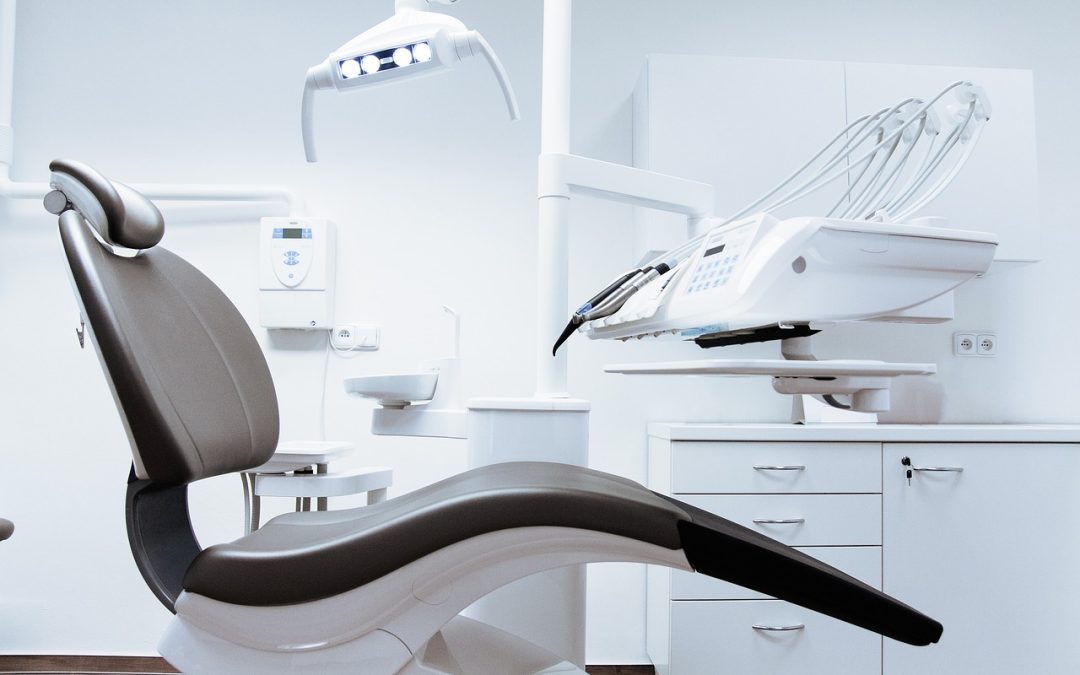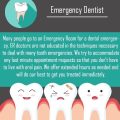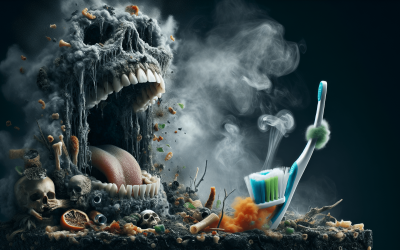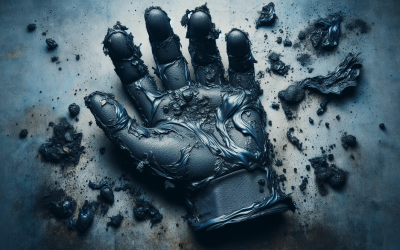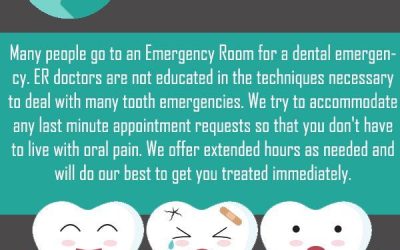So, you’re minding your own business, enjoying a meal or maybe just going about your daily routine, and suddenly you feel this strange sensation in your mouth. Panic sets in as you realize that one of your teeth is loose or completely dislodged. You’re not alone – many people experience this dental dilemma at some point in their lives. In this article, we’ll explore the causes of a loose or dislodged tooth, the potential dangers if left untreated, and possible treatment options to help save your smile.
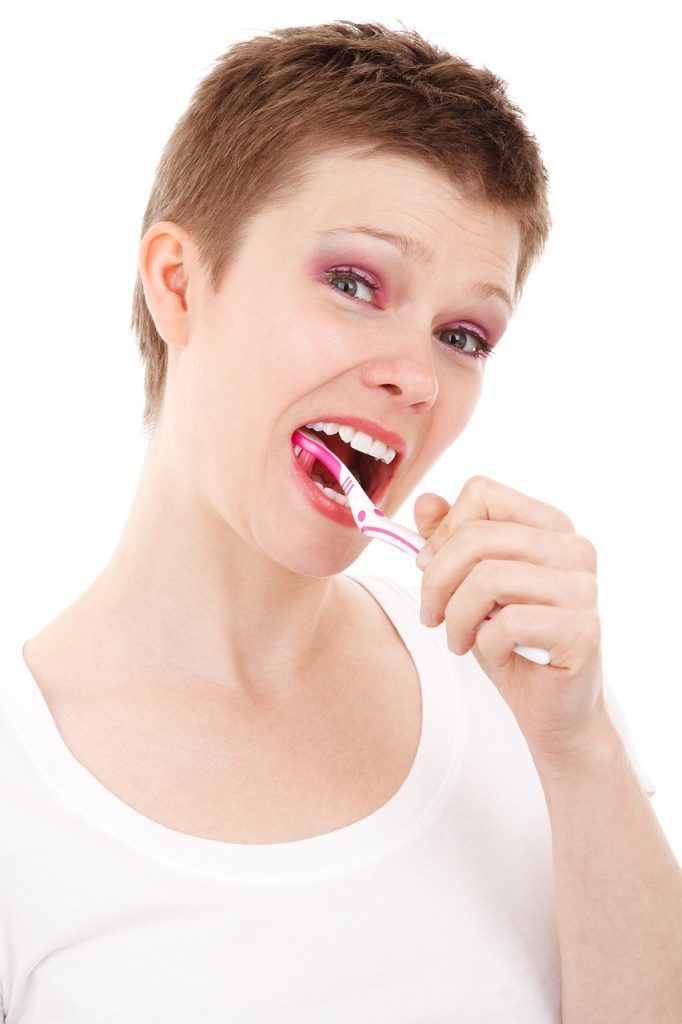
Causes of a Loose or Dislodged Tooth
When you experience a loose or dislodged tooth, there can be several factors at play. Understanding the causes can help you better address the issue and seek appropriate treatment.
Gum disease
Gum disease, also known as periodontal disease, is one of the leading causes of loose or dislodged teeth. When the gums become infected and inflamed, they can gradually pull away from the teeth, causing the teeth to lose their support. This can result in tooth mobility and, if left untreated, eventual tooth loss.
Tooth decay
Tooth decay, or dental caries, can weaken the structure of the affected tooth. When decay eats away at the tooth’s enamel and reaches the inner layers, it can cause the tooth to become loose. Untreated tooth decay can lead to more serious oral health issues, such as tooth infection and abscess formation.
Tooth injury
An injury or trauma to the mouth can cause a tooth to become loose or dislodged. This can happen as a result of accidents, sports injuries, or any direct impact to the mouth area. The force of the injury can damage the ligaments and tissues that hold the tooth in place, leading to mobility.
Bruxism or teeth grinding
Bruxism, or teeth grinding and clenching, can put excessive pressure on the teeth, causing them to become loose over time. The consistent grinding motion can wear down the enamel and strain the ligaments supporting the teeth. Bruxism is often a result of stress, anxiety, or an abnormal bite.
Orthodontic treatment
Orthodontic treatment, such as braces or other dental appliances, aims to straighten misaligned teeth. However, the process of moving teeth can temporarily loosen them. This is a normal part of the orthodontic treatment journey, and the teeth typically stabilize once the treatment is complete.
Genetics
Some individuals may be more prone to loose or dislodged teeth due to genetic factors. Certain genetic conditions can affect the structure and strength of the teeth, making them more susceptible to mobility.
Osteoporosis
Osteoporosis is a condition characterized by weakened bones, including the jawbone. When the jawbone is compromised, it can lead to the loss of support for the teeth and result in tooth mobility.
Pregnancy
Hormonal changes during pregnancy can affect the health of the gums and teeth. Increased levels of hormones, such as progesterone, can cause the gums to become more susceptible to inflammation and infection. This can lead to gum disease and, in turn, loose teeth.
Hormonal changes during puberty
Similar to pregnancy, hormonal changes during puberty can also affect the health of the gums and teeth. The surge of hormones can lead to increased gum sensitivity and inflammation, making the teeth more prone to becoming loose.
Nutritional deficiencies
A lack of essential nutrients, such as calcium and vitamin D, can weaken the teeth and bones. Without these nutrients, the teeth may not have the proper support they need, resulting in tooth mobility.
Symptoms of a Loose or Dislodged Tooth
When a tooth becomes loose or dislodged, there are several symptoms you may experience. These symptoms can vary depending on the severity of the issue and the underlying cause.
Tooth mobility
The primary symptom of a loose or dislodged tooth is noticeable movement or instability when trying to chew or touch the tooth. You may feel that the tooth is shifting or wiggling more than it should.
Pain or discomfort
A loose or dislodged tooth can cause varying levels of pain or discomfort. You may experience a dull ache, sharp pain, or sensitivity when biting down or applying pressure to the affected tooth.
Tooth sensitivity
In some cases, a loose tooth can become more sensitive to hot or cold stimuli. You may experience heightened sensitivity when consuming hot or cold foods and beverages.
Bleeding gums
If gum disease is the underlying cause of tooth mobility, you may notice bleeding gums. This can occur when brushing or flossing, or even spontaneously throughout the day.
Swelling or inflammation
Gum inflammation and swelling around the affected tooth are common symptoms of a loose or dislodged tooth. The gums may appear red, puffy, and tender to the touch.
Difficulty chewing
As a loose tooth affects your bite and tooth alignment, you may experience difficulty chewing or biting down properly. This can lead to discomfort and impact your ability to consume certain foods.
Diagnosis of a Loose or Dislodged Tooth
When you notice symptoms of a loose or dislodged tooth, it is important to seek a dental examination for an accurate diagnosis. Your dentist will use various methods to determine the underlying cause of the issue.
Dental examination
During a dental examination, your dentist will visually inspect the affected tooth and surrounding gums. They will check for signs of inflammation, mobility, and any other visible abnormalities.
X-rays
X-rays are a valuable diagnostic tool that can provide a detailed view of the tooth and its supporting structures. X-rays can help reveal any underlying issues, such as bone loss or dental decay, contributing to tooth mobility.
Periodontal probing
Periodontal probing involves measuring the depth of the pockets between the gums and teeth. This helps assess the gum health and any potential periodontal disease contributing to tooth mobility.
Mobility assessment
Your dentist will also assess the degree of tooth mobility using gentle pressure and movement. They will determine the severity of the mobility and its potential implications for treatment.
Treatment Options for a Loose or Dislodged Tooth
The treatment options for a loose or dislodged tooth will depend on the severity of the issue, the underlying cause, and the overall condition of the tooth and surrounding structures. Here are some common treatment options:
Dental splinting
Dental splinting involves bonding the loose tooth to the adjacent stable teeth using a special dental adhesive or wire. This helps stabilize the tooth and allows the supporting structures to heal.
Tooth re-implantation
In cases where a tooth has been completely dislodged, it may be possible to re-implant the tooth if done promptly. Your dentist will clean and examine the tooth, then reposition it in the socket and secure it with splinting or dental materials. Timely treatment is crucial for successful re-implantation.
Root canal therapy
If the looseness is a result of an infection or dental decay reaching the tooth’s pulp, your dentist may recommend root canal therapy. This procedure involves removing the infected tissue, cleaning the root canals, and filling them with a biocompatible material to seal the tooth.
Periodontal therapy
If gum disease is the underlying cause of tooth mobility, periodontal therapy may be necessary. This can include deep cleaning procedures, such as scaling and root planing, to remove plaque and tartar buildup below the gumline. In more severe cases, surgical intervention may be required.
Extraction of the tooth
If the tooth is severely damaged, cannot be saved, or poses a risk to the surrounding teeth and gums, extraction may be necessary. Your dentist will carefully extract the tooth to alleviate any potential complications and discuss options for tooth replacement.
Dental prosthetics or implants
After tooth extraction, your dentist may recommend dental prosthetics, such as dentures or bridges, to replace the missing tooth. Another option is a dental implant, which involves surgically placing an artificial tooth root in the jawbone and attaching a natural-looking crown. Dental implants offer a long-term solution for tooth replacement.
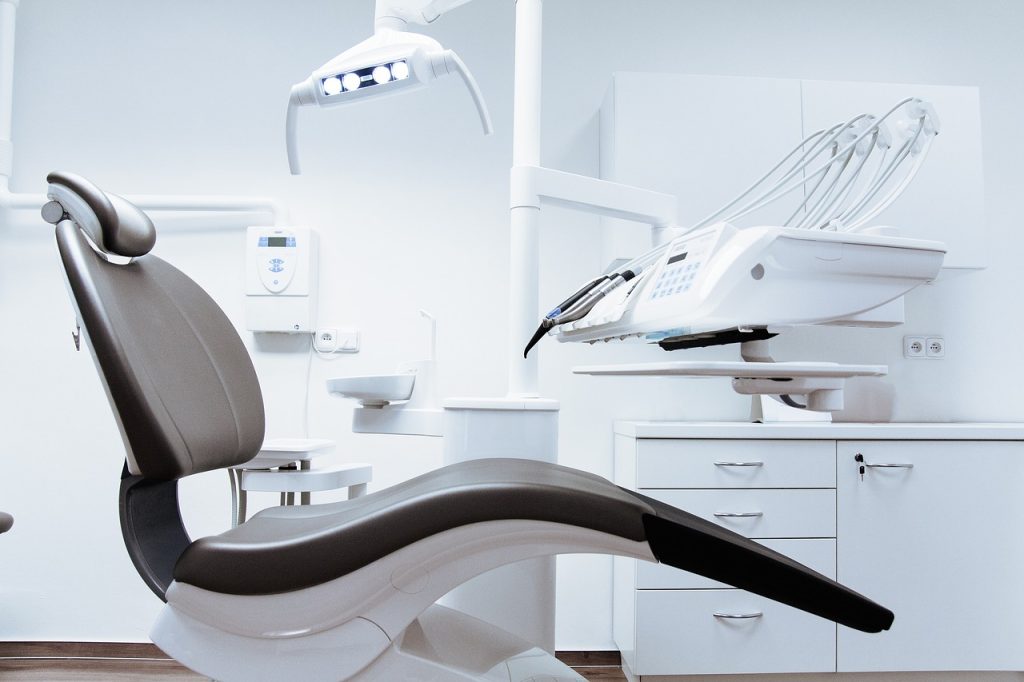
Prevention of Loose or Dislodged Teeth
While not all causes of loose or dislodged teeth can be prevented, there are steps you can take to minimize the risk. Here are some preventive measures:
Maintaining good oral hygiene
Regular brushing and flossing are essential to keep your teeth and gums healthy. This helps prevent gum disease and dental decay, which are major contributors to tooth mobility.
Regular dental check-ups
Visiting your dentist for regular check-ups allows them to monitor your oral health and address any potential issues early on. They can offer professional cleanings, identify early signs of gum disease or tooth decay, and provide appropriate treatment.
Wearing mouthguards during physical activities
If you participate in sports or any physical activities that carry a risk of dental injury, wearing a mouthguard can help protect your teeth from trauma. Mouthguards provide cushioning and support, reducing the likelihood of loose or dislodged teeth.
Addressing teeth grinding or clenching
If you have bruxism or suspect that you grind or clench your teeth, seeking treatment is crucial. Your dentist may recommend a custom-fitted nightguard or other measures to protect your teeth and reduce the damaging effects of grinding.
Avoiding chewing on hard objects
Chewing on hard objects, such as ice, pens, or hard candies, can put excessive pressure on your teeth and increase the risk of tooth mobility. Stick to foods that are safe for your teeth and avoid habits that can be detrimental to your oral health.
Eating a balanced diet
A well-balanced diet that includes calcium-rich foods, vitamin D, and other essential nutrients is important for maintaining strong teeth and bones. Nutritional deficiencies can weaken the teeth and increase the risk of tooth mobility.
Avoiding excessive intake of sugary foods and drinks
High sugar consumption can contribute to dental decay and gum disease. Limiting your intake of sugary foods and drinks can help minimize the risk of tooth mobility.
Home Care for a Loose or Dislodged Tooth
In addition to professional treatment, there are steps you can take at home to care for a loose or dislodged tooth. These measures can help alleviate discomfort and support the healing process.
Gentle brushing and flossing
Continue to brush your teeth twice a day using a soft-bristled toothbrush and a gentle brushing technique. Be cautious around the loose tooth, avoiding excessive pressure that could further loosen it.
Avoiding excessive pressure on the affected tooth
When chewing, try to avoid using the loose tooth or applying excessive pressure to it. Favor the other side of your mouth or choose softer foods to minimize strain on the affected tooth.
Using a mouthwash or saltwater rinse
Rinsing your mouth with a mild, alcohol-free mouthwash or a saltwater solution can help keep the area clean and reduce bacteria. This can aid in preventing infection and promoting healing.
Applying a cold compress or ice pack
If you are experiencing pain or swelling, applying a cold compress or ice pack to the outside of your mouth can help reduce inflammation and alleviate discomfort. Remember to wrap the cold pack in a thin cloth and limit the application to 10-15 minutes at a time.
Taking over-the-counter pain relievers
Over-the-counter pain relievers, such as ibuprofen or acetaminophen, can help manage pain and reduce inflammation. Follow the instructions on the packaging and consult with your dentist or pharmacist if you have any concerns.

Complications Associated with a Loose or Dislodged Tooth
If a loose or dislodged tooth is left untreated or if treatment is delayed, several complications can arise. It is important to address the issue promptly to minimize the risk of these complications.
Infection
A loose tooth can provide an entry point for bacteria, leading to infection. Untreated infection can spread to the surrounding tissues and even the bloodstream, posing a risk to your overall health.
Abscess formation
When an infection reaches the root of a loose tooth, it can cause the formation of an abscess. An abscess is a pocket of pus that forms at the site of infection and can be extremely painful. Abscesses require immediate dental attention and often require a combination of antibiotics and drainage.
Bite misalignment
If a loose tooth alters the position of your bite, it can lead to misalignment issues. This can affect your ability to chew properly and put additional strain on other teeth, potentially causing further dental problems.
Tooth loss
If a loose tooth is not treated promptly or if the underlying issue causing the tooth mobility is not resolved, it can ultimately result in tooth loss. Tooth loss can have significant consequences for your oral health, appearance, and overall quality of life.
Difficulty speaking or eating
When a tooth becomes loose or dislodged, it can interfere with normal speaking and eating habits. You may experience difficulty pronouncing certain words or have limited food choices due to discomfort or the instability of the affected tooth.
Recovery and Follow-up after Treatment
After receiving treatment for a loose or dislodged tooth, it is important to follow the recommended post-treatment care instructions and attend all follow-up appointments. This will ensure proper healing and help monitor the stability of the tooth.
Post-treatment care instructions
Your dentist will provide you with specific instructions to follow after your treatment. This may include recommendations for pain management, dietary restrictions, oral hygiene practices, and any necessary precautions to prevent further damage.
Follow-up appointments
Following your initial treatment, your dentist will schedule follow-up appointments to monitor the healing process and assess the stability of the treated tooth. These appointments are crucial to address any complications and ensure optimal oral health.
Monitoring healing and tooth stability
Healing and tooth stability can take time, particularly in more severe cases. Your dentist will monitor the progress and stability of the treated tooth to ensure that it remains secure and that the underlying issue is fully resolved.
When to Seek Professional Help
In certain situations, seeking immediate professional help is necessary when dealing with a loose or dislodged tooth.
Immediate dental consultation
If a tooth has been completely knocked out, it is important to seek immediate dental attention. Timely intervention may allow for re-implantation of the tooth and increase the chances of a successful outcome.
Emergency situations
If you experience severe pain, excessive bleeding, or a sudden increase in swelling, it may be an indication of an emergency situation. Contact your dentist or seek emergency dental care promptly for evaluation and treatment.
Persistent pain or discomfort
If you are experiencing persistent pain or discomfort, even after initial treatment, it is important to consult with your dentist. This may be a sign of complications or underlying issues that require further evaluation and intervention.
Conclusion
A loose or dislodged tooth can be a concerning and uncomfortable experience. However, with timely diagnosis and appropriate treatment, many cases can be effectively addressed. By understanding the causes, symptoms, and treatment options, you can take proactive measures to maintain your oral health and minimize the risk of loose or dislodged teeth. Remember to practice good oral hygiene, seek regular dental check-ups, and take necessary precautions to protect your teeth from injury. If you notice any signs of tooth mobility or experience discomfort, do not hesitate to seek professional help. Your dentist will provide the necessary guidance and care to ensure your oral health is restored and maintained.

